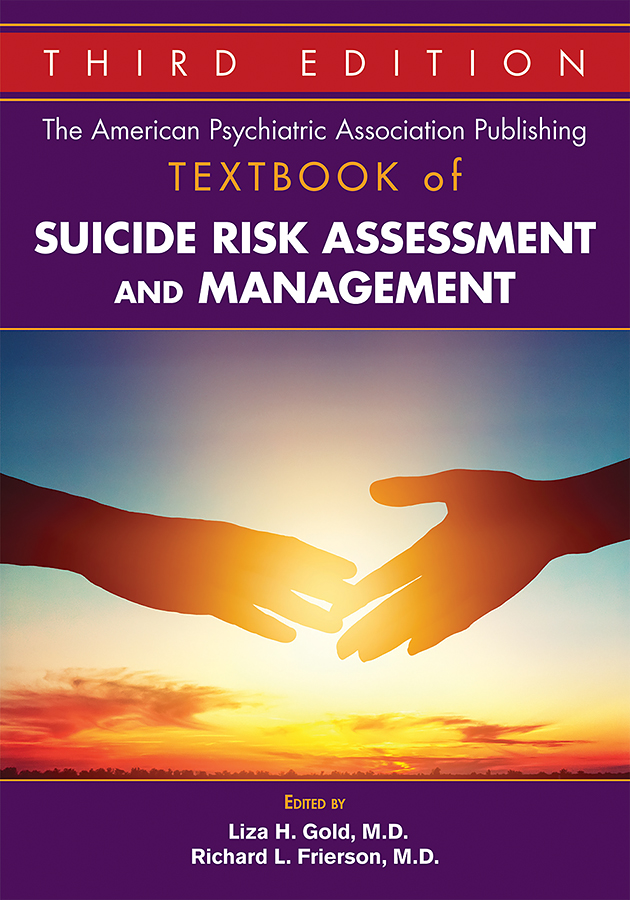Chapter 24.Self-Injurious Behavior
Sections
Excerpt
Self-injurious behaviors are a significant public health problem in the United States. Suicide is the tenth leading cause of death across all age groups, the second leading cause of death among 10- to 34-year-olds, and the fourth leading cause of death among 35- to 54-year-olds (Centers for Disease Control and Prevention 2018). Unlike suicide, data on the prevalence of nonsuicidal self-injury (NSSI) have not been collected on a national level, and estimates have varied across studies due to use of different samples and measurement strategies (Swannell et al. 2014). Although less is known about the epidemiology of NSSI, extant research suggests rates are high, particularly among youth. A meta-analysis of existing studies of NSSI prevalence in nonclinical samples found a lifetime prevalence of 17.2% for adolescents, 13.4% for young adults, and 5.5% for adults after controlling for methodological differences between studies (Swannell et al. 2014). Another study that used a sample of high school students from 11 U.S. states found that 18% of all students and approximately 24% of female students reported at least one NSSI act within the past 12 months (Monto et al. 2018). Both suicide attempts (SAs) and NSSI have been shown to be risk factors for future SAs (Asarnow et al. 2011; Wilkinson et al. 2011); hence, strategies for effectively reducing these behaviors are urgently needed. Given the high rates of suicide, SA, and NSSI in adolescence, the primary focus of this chapter is on this age group. However, the majority of recommendations made are also applicable to adults.
Access content
To read the fulltext, please use one of the options below to sign in or purchase access.- Personal login
- Institutional Login
- Sign in via OpenAthens
- Register for access
-
Please login/register if you wish to pair your device and check access availability.
Not a subscriber?
PsychiatryOnline subscription options offer access to the DSM-5 library, books, journals, CME, and patient resources. This all-in-one virtual library provides psychiatrists and mental health professionals with key resources for diagnosis, treatment, research, and professional development.
Need more help? PsychiatryOnline Customer Service may be reached by emailing [email protected] or by calling 800-368-5777 (in the U.S.) or 703-907-7322 (outside the U.S.).



